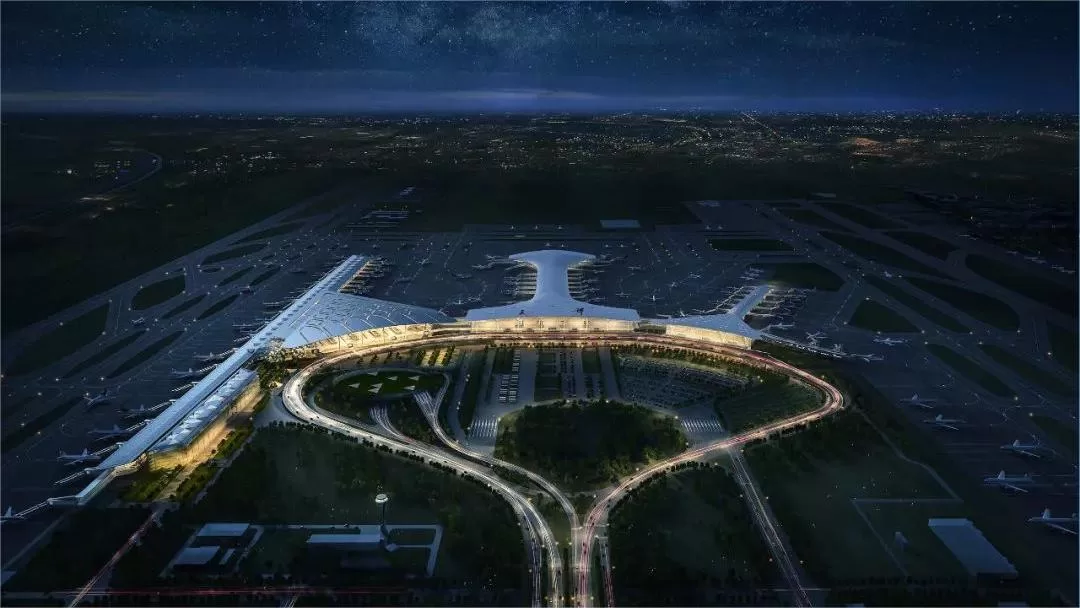Tianjin Binhai International Airport (IATA: TSN, ICAO: ZBTJ) is a major aviation hub located in Dongli District, Tianjin, China, approximately 13 kilometers from the city center. It is classified as a 4E-level civil international airport, signifying its capacity to accommodate large aircraft. The airport holds multiple distinctions, serving as China’s international aviation logistics center, a hub for international scheduled flights, a Class I aviation port open to foreign traffic, and one of China’s primary airfreight centers.
The airport traces its roots to the establishment of Tianjin Zhangguizhuang Airport in November 1939. It officially commenced operations in 1950 and underwent significant expansions in 2007 and 2014. The first phase of expansion was completed in 2007, and a second phase was concluded in August 2014, contributing to the modernization and capacity enhancement of the airport.
Tianjin Binhai International Airport boasts two terminal buildings: T1, dedicated to international and regional flights, and T2, catering to domestic flights. The combined total floor area of the terminals is 364,000 square meters, with a cargo warehouse area spanning 74,000 square meters. The airport is equipped with two runways, measuring 3,600 meters and 3,200 meters in length, respectively, accommodating a total of 59 aircraft parking stands. As of the latest available data, the airport serves 180 routes, connecting to 132 cities.
An integral aspect of Tianjin Binhai International Airport’s significance lies in its role as an entry point for international travelers. Effective June 8, 2015, the airport implemented a 72-hour visa-free transit policy for citizens of specific countries. Travelers from 51 nations, including the United States, Russia, the United Kingdom, France, and Germany, are eligible for this policy. Foreign nationals with confirmed onward air tickets to a third country or region within 72 hours are permitted to stay in the Tianjin administrative region without requiring a visa.
The airport’s commitment to international connectivity and facilitation of transit has further enhanced its importance in the global aviation landscape. With a strategic location, state-of-the-art facilities, and a comprehensive network of routes, Tianjin Binhai International Airport continues to play a pivotal role in connecting China to the world, contributing to the economic and cultural exchange between Tianjin and the international community.


